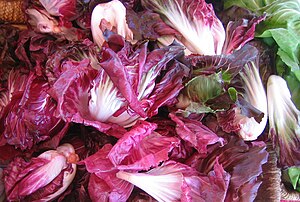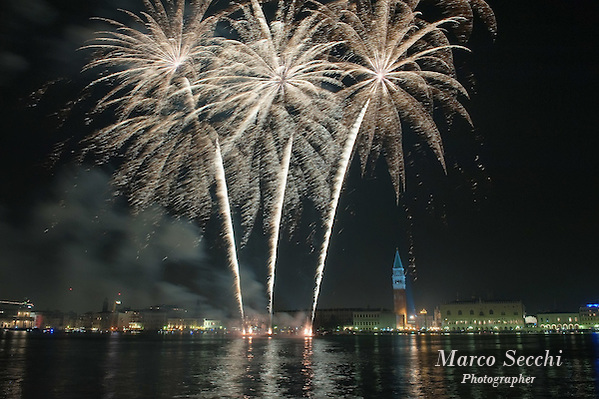A huge bull, Carnival 2012 Allegory, has arrived in Venice. The Allegory is inspired by ancient rites of the venetian lagoon, linked to the antique celebration of the bulls. The Bull will be Venice carnival main symbol, until the last day, Tuesday the 21st, when the Bull will become the protagonist of a ritual of “sacrifice”.
The tradition of the Bull The Carnival of Venice 2012 wants to recall one of the episodes about the history and tradition of the real meaning of "feast" in Venice. In 1162, the patriarch of Aquileia, Urlico from Teffen, allied to some pro-imperial feudatories in the Friuli and occupied the flourishing salt plans of Grado, forcing Enrico Dandolo to escape. Dandolo, patriarch of Grado fled to Venice, where he asked for help. The Doge of Venice, Vitale Michiel II, answered to this assault by besetting and conquering Aquileia and making Ulrico, the patriarch of Aquileia, his prisoner, along with 12 landowners and 12 clergy. To regain his freedom, Patriarch agreed to submit to any lien: venetians asked Aquileia Patriarch, every year, in the occasion of Maundy Thursday, to deliver them one bull, 12 breads and 12 pigs to use for a public show in the square.
In the morning of Maundy Thursday, a venetian "tauromachia" (bullfight) took place; during this ritual, the "corpo de' Fabbri" who had distinguished themselves in battles against Ulrico, had the had the privilege to cut the head of the bull using spears and scimitars, for the glory of the town and Venice.
The traditional event, one of the first to be institutionally included in the Carnival of Venice, was abolished in 1520 by Doge Andrea Gritti, but was revived from 1550 until the fall of the "Serenissima in one version of bullfighting, but without the 12 pigs that do not "were decorated Lordship to ours. "

































